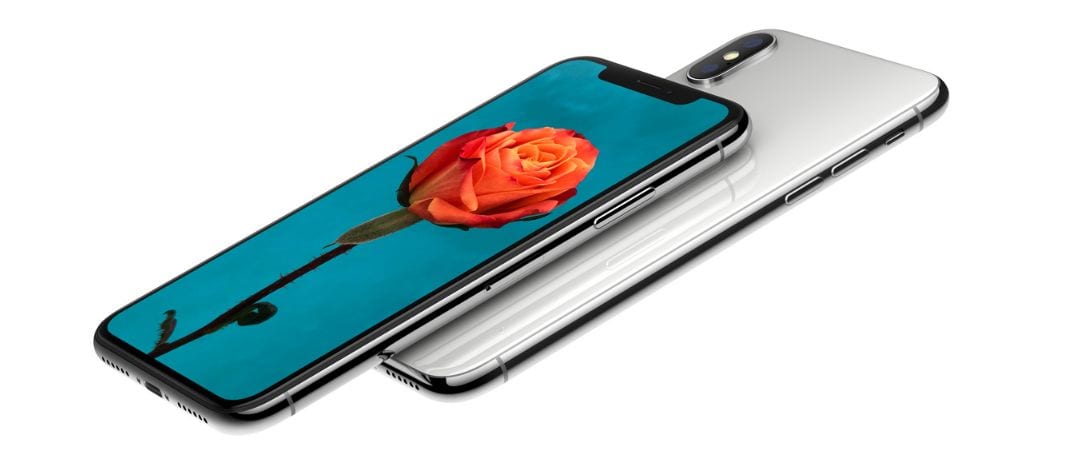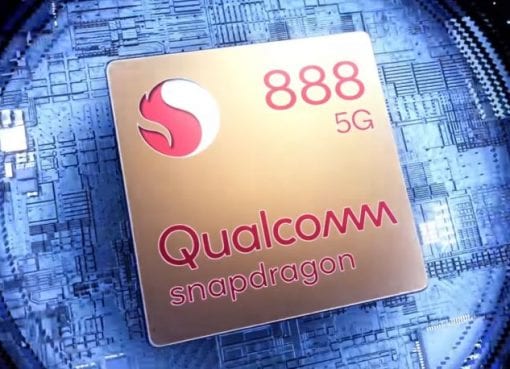Microsoft’s Surface line-up is quite old now, spanning more than seven years. The devices we have seen are equipped with the latest hardware for their time to run software and games we like. Microsoft recently expanded their Surface family with the launch of the Surface Go 2 and the Surface Book 3. These devices are fined-tuned for audiences, ranging from casual users, students to working professionals.
It was in June 2018 that Microsoft announced the first Surface Go. It was one of the most affordable and portable offerings within the Surface line-up. The Surface Go was known for its compact design, the 10-inch versatile touchscreen, detachable keyboard and Surface Pen connectivity. The newly launched Surface Go 2 is Microsoft’s second 2-in-1 laptop. It returns in the same form as the original Surface Go, but with thinner bezels this time. This is the reason you see a slightly larger 10.5-inch display delivering its 1920 x 1080 resolution. The benefits of a high-resolution display are sharper text and clearer images. A small screen with a full HD resolution fits more text and can open more windows at once.
The Surface Go 2 is compact and lightweight, weighing just half a kilogram. This means you can easily take it wherever you want – from your couch and kitchen to the dinner table or to work. Microsoft claims that the Surface Go 2 can deliver up to 64 per cent more performance than the old Surface Go. It also has improved battery life that Microsoft claims spans 10 hours on average usage.
What makes the Surface Go 2 stand out from the rest are the premium features you would typically find in more expensive devices. The Surface Go 2 is equipped with Studio Mics and a 5MP front-facing camera, like other Surface devices. Studio Mics are Microsoft’s dual-microphone solution meant to make clear calls and remove background noise during Team meetings or video chats. The Surface Go 2 is equipped with several enterprise-grade features, including mobility, security and manageability for commercial and business use. This device supports Surface Pen, which helps you take notes, draw diagrams, mark documents or let your kids doodle and do their homework. Microsoft lets you connect the Surface Go 2 to other devices in many ways. There is a USB Type C port to plug in accessories and a 3.5mm headphone jack to connect your audio accessories.
A quick look at the specifications of the Surface Go 2
|
Display |
Screen: 10.5-inch PixelSense Display |
|
Memory |
4GB or 8GB RAM |
|
Processor |
Intel Pentium Gold Processor 4425Y 8th Gen Intel Core m3 Processor |
|
Battery Life |
Up to 10 hours on average usage |
|
Graphics |
Intel UHD Graphics 615 |
|
Storage |
eMMC drive: 64GB |
|
Dimensions (in inches) |
9.65 x 6.9 x 0.33 |
|
Connections |
1 x USB-C |
|
Cameras, video and audio |
5MP front-facing camera with 1080p Skype HD video |
|
Wireless |
Wi-Fi: 802.11a/b/g/n/ac/ax |
|
Exterior |
Casing: Magnesium |
The Surface Book 3 is the other product launched by Microsoft. The Surface Book series of laptops are more trustworthy because of their unique detachable form factor. These devices are designed to give users the power of a desktop and the versatility of a tablet in one device. The Surface Book 2 gets an update in the form of a new device, the Surface Book 3. Microsoft claims that the Surface Book 3 will offer up to 50 per cent more performance than the Book 2. The all-new Surface Book 3 is designed for professionals who need desktop-class computing performance. It is available in two sizes, 13.5-inch and 15-inch along with the performance of 10th generation Intel Core processors. The 13.5-inch and the 15-inch models sport a resolution of 3000 x 2000 pixel and 3240 x 2160 respectively. Both the Surface Book 3 models feature taller aspect ratios of 3:2, a feature first seen on the Surface Pro 3. Microsoft claims that it falls in between 4:3 and 16:9, which are amongst the common aspect ratios seen in books and other media. Microsoft’s design goal is to make the Surface devices be perceived more like print medium, especially when reading books, magazines and using OneNote. It also means you need to scroll less because of the extra vertical space.
We see the Surface Book 3 in a usual RAM configuration ranging from 8GB to 32GB and storage starting from 256GB going to 512GB and 1TB SSD options. These is enough hardware to tackle all the typical developer and professional’s computing needs. What is new to the Surface devices is the higher end option of the Surface Book 3 with 32GB of RAM and 2TB of storage. The Surface Book 3 provides the power and portability if you are an engineer who wants to run computer-aided design software or a graphic designer creating realistic graphical content. The NVIDIA GeForce GTX graphics have enough power to challenge top PC titles at 1080p with 60 frames per second performance, if you do lots of gaming. In its most powerful configuration, the Surface Book 3 can also handle tasks such as 3D designs, graphics with real-time tracing. Microsoft has also added another option, the NVIDIA Quadro RTX 3000 graphics solution for the first time on Surface devices, but it is exclusive to the 15-inch model. It features 6GB of graphics memory and 240 Tensor Cores to handle intensive machine learning, AI workloads and professional grade software. This could be typically reserved for graphic professionals, AutoCAD users and engineers.
The Surface Book 3 has the longest battery life of all Surface devices. The battery behind the display and at base help power up the device for up to 17.5 hours on average usage.
A quick look at the specifications of the Surface Book 3
|
PixelSense Display |
13.5-inch Resolution: 3240 x 2160 |
|
13.5-inch |
|
|
Processor |
13.5-inch 15-inch |
|
Battery life |
13.5-inch Up to 15.5 hours on average usage Up to 17.5 hours on average usage |
|
Graphics |
13.5-inch 15-inch |
|
Storage |
13.5-inch |
|
Dimensions (in inches) |
13.5-inch Intel Core i5: 12.3 x 9.14 x 0.51 Intel Core i7: 12.3 x 9.14 x 0.59
13.5 x 9.87 x 0.568 |
|
Connections |
2 x USB-A (version 3.1 Gen 2) |
|
Cameras, video and audio |
5MP front-facing camera with 1080p HD video |
|
Wireless |
Wi-Fi 6: 802.11ax compatible |
|
Exterior |
Casing: Magnesium |
These two Surface devices have raised the benchmark for portable computing and one thing’s for sure, Microsoft is changing the way we learn, connect and work. Microsoft has launched the Surface Go 2 and Surface Book 3 in the US and we can only wait for them to arrive in India.



